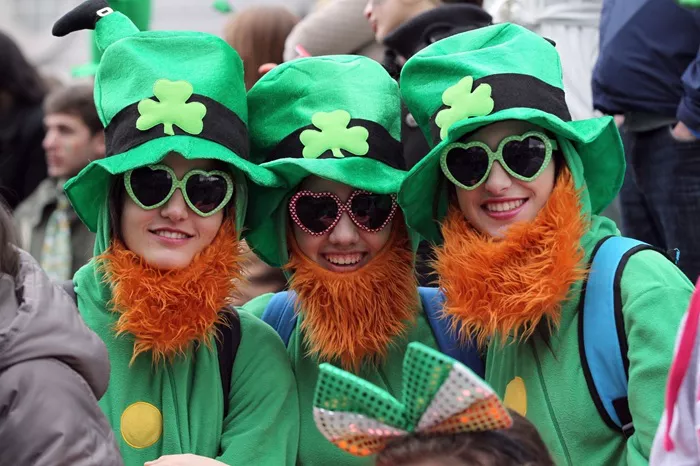St. Patrick’s Day, often marked by celebrations featuring shamrock accessories, green attire, and pub gatherings, carries a deeper historical and cultural significance. While the festive activities are widely recognized, the holiday is rooted in the story of Ireland’s patron saint, St. Patrick, and his influence on Irish culture and Christianity.
The Origins of St. Patrick’s Day Celebrations
The first recorded celebration of St. Patrick’s Day dates back to the 7th century in Ireland. However, scholars suggest that the tradition of honoring the saint likely began even earlier. According to Sarah Waidler, a visiting assistant professor of Irish language, literature, and culture at New York University, St. Patrick’s association with Ireland became increasingly significant as medieval texts depicted him as a central figure in the Irish people’s spiritual journey. Over time, St. Patrick emerged as one of the country’s three patron saints, alongside St. Brigid and St. Columba.
Interestingly, the first known St. Patrick’s Day parade took place not in Ireland, but in St. Augustine, Florida, in 1601. Elizabeth Stack, executive director of the American Irish Historical Society, explained that the parade represented the Irish diaspora’s pride and unity, particularly during times of religious and cultural opposition. It also served as a reminder of the Irish community’s political strength, particularly within the United States.
As of the 2021 U.S. Census, 31.5 million Americans—approximately 9.5% of the population—identified as having Irish ancestry. This large number reflects the historical migration patterns that have shaped both Ireland and the U.S.
Who Was St. Patrick?
St. Patrick, whose feast day is March 17, was not actually Irish. According to Cian T. McMahon, a history professor at the University of Nevada, Las Vegas, and an expert on modern Ireland, Patrick was born in what is now Wales, then part of Roman Britain. His life story is primarily derived from two of his own writings, which provide insight into his journey and spiritual evolution. Patrick’s writings suggest that he was captured by Irish slave traders at the age of 16, during which time he worked as a shepherd. This period of hardship led him to rediscover his Christian faith.
After escaping and returning to Britain, Patrick spent several years training to become a bishop. He later claimed to have received a vision calling him back to Ireland, where he would go on to convert the Irish people to Christianity. While there is limited historical evidence confirming Patrick’s status as a bishop, his efforts in spreading Catholicism are widely recognized.
St. Patrick’s death, also marked on March 17, remains a topic of debate, as the exact year of his death is uncertain.
The Myths and Legends of St. Patrick
St. Patrick’s legacy is also intertwined with several popular legends. The tale of him driving all the snakes out of Ireland, for example, is often mentioned in connection with the saint. Historians suggest that this myth, which first appeared in the 12th century, may symbolize the eradication of paganism from the island. Another widely circulated story attributes St. Patrick’s use of the shamrock to explain the Christian concept of the Holy Trinity. While these stories may have evolved over time, they continue to play a key role in shaping the cultural image of St. Patrick.
Interestingly, the color blue was once associated with St. Patrick’s Day. However, as Irish-American culture developed, green became the dominant color, symbolizing Ireland’s lush landscape and its association with Irish identity.
Global Celebrations of St. Patrick’s Day
St. Patrick’s Day is celebrated globally, a testament to the widespread Irish diaspora. From Dubai to Australia, Irish communities use the day to celebrate their heritage. “The better question is, where isn’t it celebrated?” said McMahon. Mass migration since the 18th century has ensured that St. Patrick’s Day is marked wherever Irish people have settled.
The day is also an opportunity for the Irish government to strengthen ties with the global community. In 2025, Irish Prime Minister Micheál Martin visited the White House on March 12 to commemorate the holiday, underscoring the role of the Irish diaspora in fostering goodwill and economic development worldwide.
For many, the saying “Everybody’s Irish on St. Patrick’s Day” rings true, as the holiday continues to bridge cultures and celebrate Ireland’s rich history and global influence.

